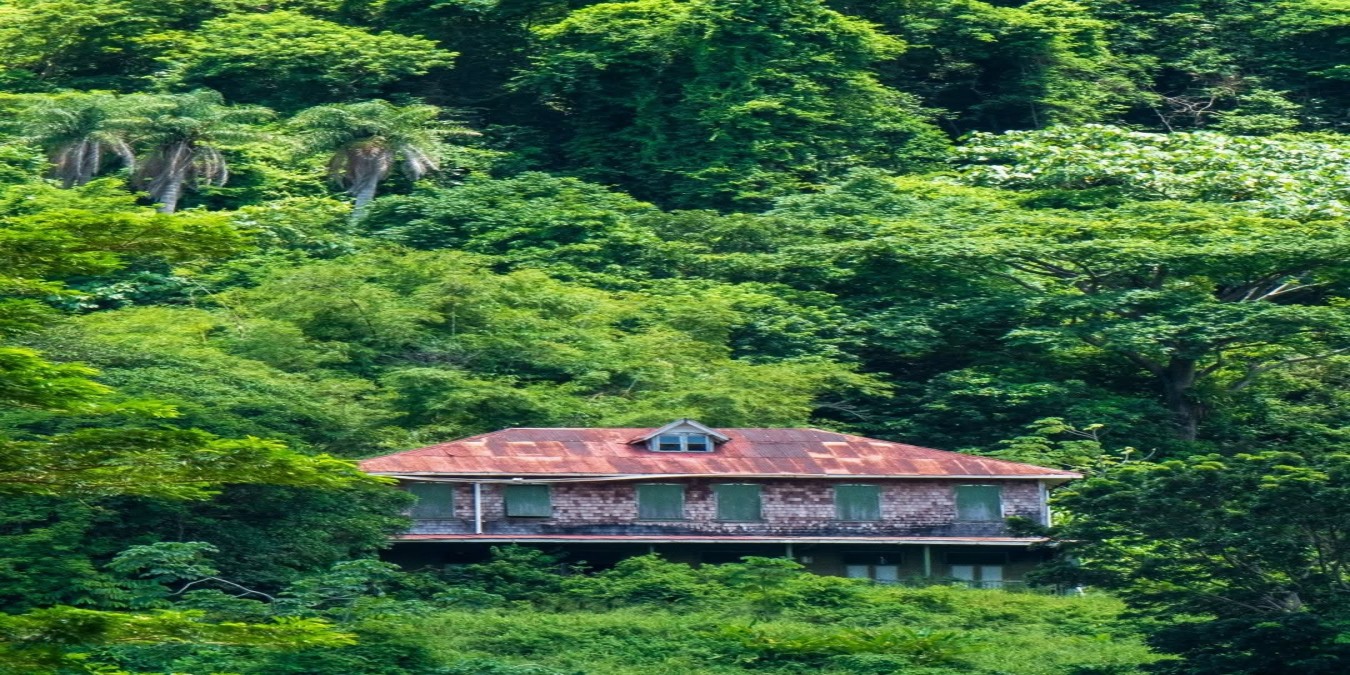Nestled along Tobago’s scenic Windward Coast, King’s Bay Estate stands as a quiet testament to the island’s colonial past and agricultural heritage. Established during the mid-18th century, the estate was among several granted to British settlers following Tobago’s formal colonization in 1763. Early records associate the property with figures such as William Young, later Sir William Young, Governor of Dominica, and John Piggott, reflecting the British plantation system that once dominated the island’s economy.
Throughout the late 1700s and early 1800s, King’s Bay Estate operated primarily as a sugar-producing plantation, dependent on the labour of enslaved Africans. Historical documents indicate that by 1819, the estate was home to approximately 178 enslaved individuals, a number that slightly decreased by 1825. Ownership shifted several times, involving financiers such as Alexander Inness and Coll Turner, as was common with estates tied to the fluctuating fortunes of the sugar trade.
The Abolition of Slavery in 1834 marked a turning point for King’s Bay Estate, as for many plantations across Tobago. The transition to free labour challenged the island’s plantation economy, leading many estates, including King’s Bay, to diversify into crops such as cocoa and coffee during the mid-19th century. By 1862, records still note the estate as being in production, signalling its resilience through changing times.
Today, remnants of the King’s Bay Estate House and Factory endure as cultural landmarks, recognized by the National Trust of Trinidad and Tobago for their historical significance. The surviving ruins serve as a poignant reminder of Tobago’s complex colonial history, one that blends hardship, adaptation, and enduring legacy.
Modern King’s Bay continues to honour this heritage through agricultural and tourism initiatives, inviting visitors to explore both its natural beauty and its deep historical roots along Tobago’s rugged Windward coast.


Comments